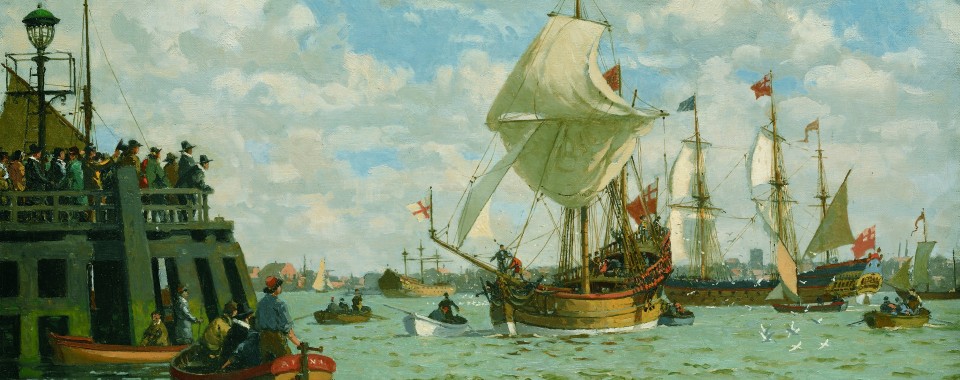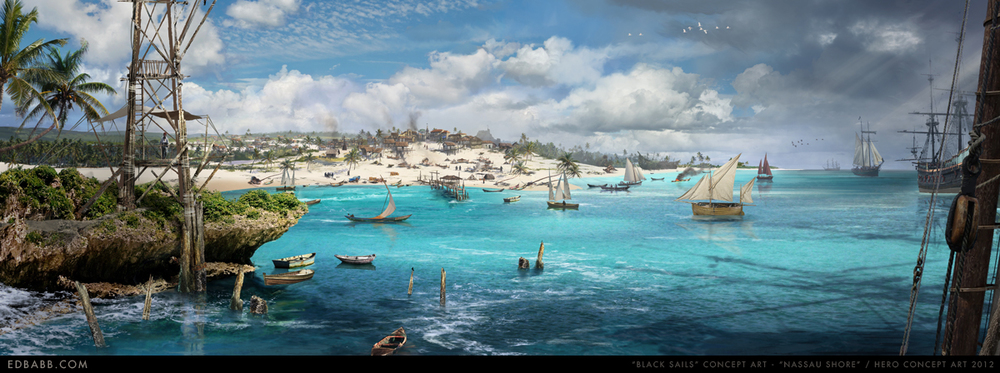GM confidence: 4.5/5. Other than a couple of mistakes, I felt like I was firing on all cylinders this week.
A Rough Week
For whatever reason, I had a really hard time coming up with content for this week. I had the beginning (Randel’s intro) and the end (which we didn’t reach), but not the middle—I had the “travel” bit, of course, but I didn’t feel like that would be enough on its own. It took me until Thursday to come up with a plan, a compromise against what I wanted, but it eased my worry—and we didn’t get to that part either. It turned out well anyway. It’s worth noting that they didn’t actually accomplish a lot, but it felt like they did.
Write It Down, Continued
I talked about my need to “write it down” last week. This week, I made an effort to script out as much as made sense. My “narrative” mindset led to an attempt to arrange the order of events in a more readable, followable manner. Afterward, I felt like the results of the session proved last week’s theory correct. I didn’t follow the scripted elements exactly, of course, but I expected that. I intend and expect to improve this technique in the future, as there were certainly places that I feel could have been further improved.
The Hunt
When it comes to the PCs’ “Treasure Maps,” I have been using “The Hunt” (from Monster Hunters 2) as a guideline. Basically, when they find a “clue,” they get a Deduction roll to answer “the question” (the nature of which varies). It’s only come up once, so far: Payne’s finding the Compass was a clue, for which I allowed him to use Research (against the journal he had) to answer the question of “what do I do with this thing?” He didn’t get the entire answer, but it did give him forward-progress—he’ll get other opportunities later.
In Hayden’s case, he had gained a clue: the report that the Cardinal Virtue had been captured by the Spanish. He was therefore due a Deduction roll. I figured the records in Santo Domingo, combined with his own, would be a good enough opportunity. I took the precedent from Action 2 regarding Research taking 1d6 hours, and decided it would take 1d6 days to arrange to view the records. I had him roll this in secret: Hayden wouldn’t know how long it would take, and it was an opportunity to highlight his Obsession, and make him choose to delay the Expedition or not.
However, I messed it up quite a bit, mechanically. First, I forgot, in the moment, to make the roll in secret. Second, for reasons I can’t fathom, I didn’t sort out what the actual results of his success or failure would mean beforehand. (I blame the aforementioned “rough week.”) Ultimately, he did make forward-progress, in that he eliminated one of the many possibilities—this is a legitimate and helpful piece of information. But I failed to present that clearly, and as discussed after the game, it felt to him like a waste of time. The confusion resulted in the operation taking a little longer than it needed to. Lesson learned: results of success or failure on Deduction need to be spelled out, and it needs to be clear why it matters.
I had not discussed the use of “The Hunt” openly up to this point, for no particular reason other than I wanted to keep it a little more “organic.” It might have helped them understand the situation if I had brought it up before. But now that cat’s out of the bag, so we’ll see.
Sea Travel
In spite of its potential for drudgery, I think the sea-travel bit turned out to be the most fun:
- Knowing there was going to be a lot to get through, I pre-rolled the random encounters and traffic stuff, which also allowed me the week to figure out how to interpret the results in a narratively-efficient manner
- I’ve been rolling for a random NPC crewman to be “in focus” for the session, and Moggridge’s turn came up, but the random at-sea events rolled him up anyway—that was not intentional, but it worked out nicely. I did have notes to bring up the superstition regarding weighing anchor on Friday, but I didn’t expect it would actually occur. Mr. Moggridge’s illness was actually the result of the random events; its apparent connection to “Friday” was entirely coincidental.
- I got the bugs in the spreadsheet from last week sorted out, but Ronnke started tracking the progress on the map, which meant I needed to add a daily mileage total as well—already done
- The group is starting to get the hang of the at-sea procedures, so the die-rolling and assignments went smoothly—including those rolled by our audience (thanks to Ronnke’s chat-bots)
- The “bet” was a surprise, though a welcome one—shows the players were engaged
- The “man from the sea” event garnered exactly the reaction I intended; it was also the first time in the campaign the PCs have had to make a Fright Check (it won’t be the last)
- The Ship Malfunctions (from Pyramid 3/103 Setbacks) didn’t confuse anyone, but I realized in the moment (or re-realized) that I really need some defined examples to pull from, and some mechanic to determine when/how the symptoms become apparent
Other Stuff
- This week was my intended halfway-point of the campaign
- Randel’s intro was an echo of a long-ago D&D game, with a similar incident involving another character of his
- Claude’s Secret (nevermind the absence of his/her player) came up for this week, but I couldn’t quite figure out what to do with it in time, so I’ve deferred it to next week
- The arrival of the Rumjack at the end was a part of the previously-mentioned “compromise solution,” but it was a good cliffhanger.
- The session ended short of the content I had, but as I said before, that’s fine—I have a good starting point for next week, now. I expect them to get under way for St. Kitts next week, plus it’s Davino’s turn to find a Treasure Map clue.





